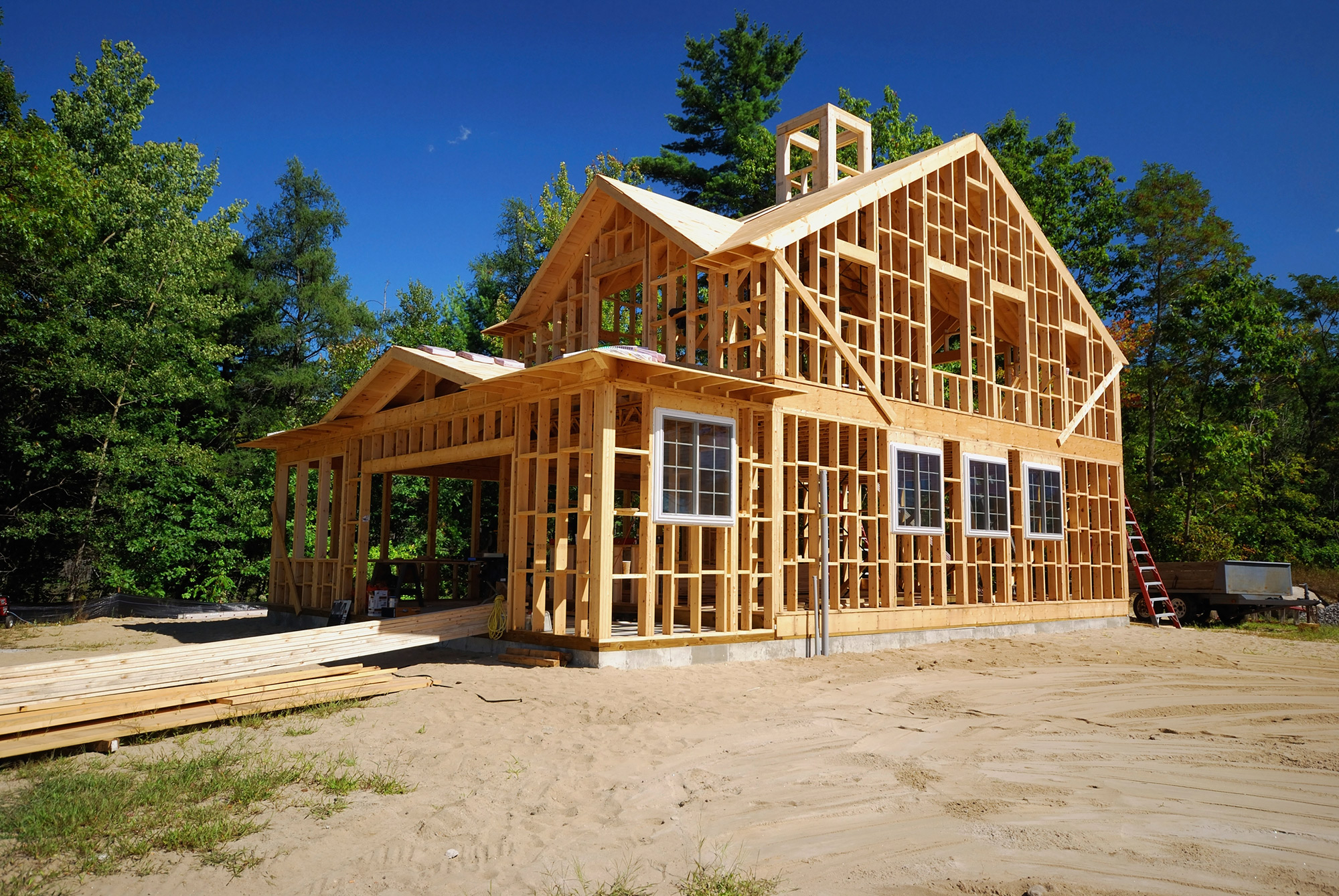
Understand what a new construction house is.
A new construction home is a home where the buyer is the first person to live there after it’s built, but it can happen in a number of ways. A buyer may purchase their own plot of land and contract a builder to build a custom home and an architect to design the whole house. On the other end of the spectrum, a buyer may purchase a completely built home and the property it’s on from a developer.




